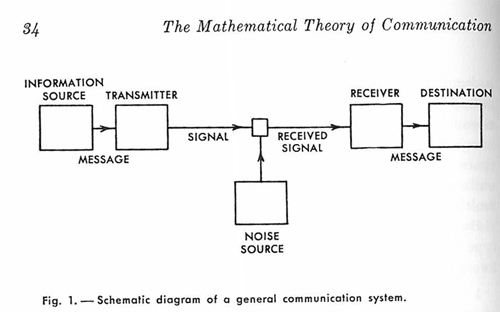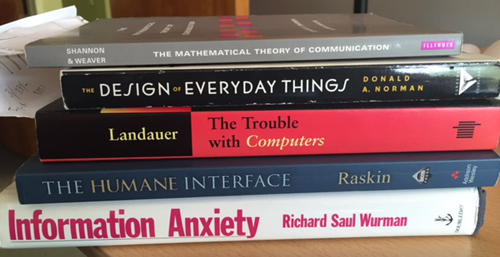 A few classic books in the UX field get a lot of attention.
A few classic books in the UX field get a lot of attention.
And as technology changes, dozens of books are released each year for the UX designer and researcher.
But if you blow off some of the dust, you’ll find some lesser-known classics that predate mobile and the web that are still worth the read.
Here are five of them, each with unique and big ideas that make them hard to classify as research or UX. They are all still applicable today and worth the read.
The Trouble with Computers
Tom Landauer meticulously lays out evidence that the costs of computer investment (IT, hardware, software) haven’t lived up to the lofty expectation of improvements in productivity and efficiency.
The book predates the web so while the datasets (and perhaps some conclusions) need updating, many of his arguments still hold: usability and usefulness are still paramount. A running joke from researchers was that the alternate title to the book is “Why computers suck” and I suspect many people can relate to that title as well!
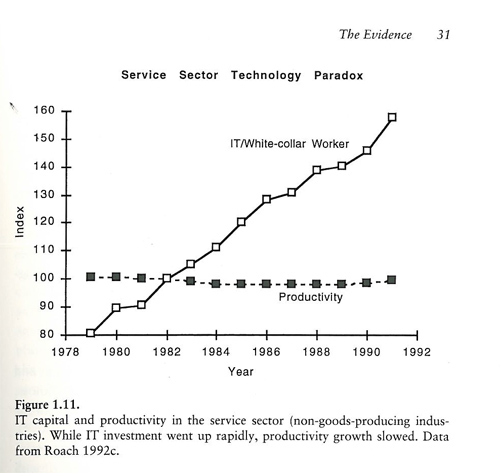
The Design of Everyday Things
This classic book by Don Norman is already on most UX researchers shelves…for a reason. Norman articulates many principles of user-centered design. For example, the fundamental principles of designing for people are to provide a good conceptual model, make controls visible, and to constantly provide feedback to the user.
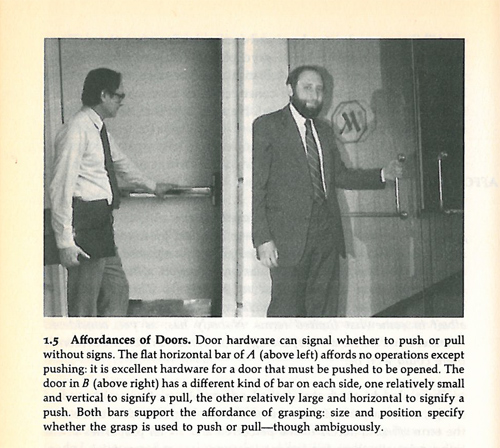
The Humane Interface
I love reading how the late famed Apple designer Jef Raskin thinks. He lays out some clear design principles and isn’t afraid to include some logarithms. Every time I get an information dialog box that requires me to click OK, I think of Raskin’s point about the waste in effort for users such dialog boxes require. (Tom Landauer would probably agree!)
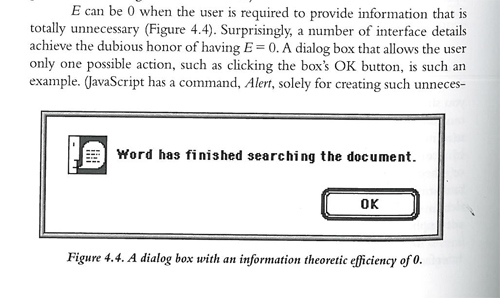
Information Anxiety
This unique book is a mix of practical design and psychology. It’s interesting in its content and design, with sidebars that are perfectly placed to answer your questions. It’s often considered one of the first books on Information Architecture, but it’s so much more. Some things I still recall are Wurman’s map of comparative comfort that shows a redesigned weather map. Comfort is human; temperature is for thermometers!
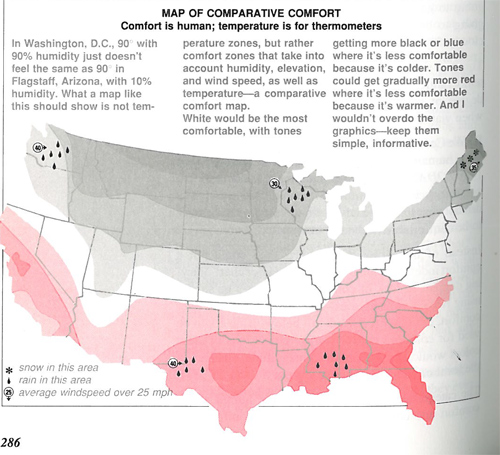
The Mathematical Theory of Communication
You’ll never think of information quite the same again. This often cited technical work by Claude Shannon lays out the mathematical principles of communication, but without overloading you with dense equations (or at last not too many!). The original work came from the 1940s, but affects everything from computers, cellphones, and information design. It even inspired Jef Raskin in some of his recommendations. It’s not something you should plan on reading in one sitting.
